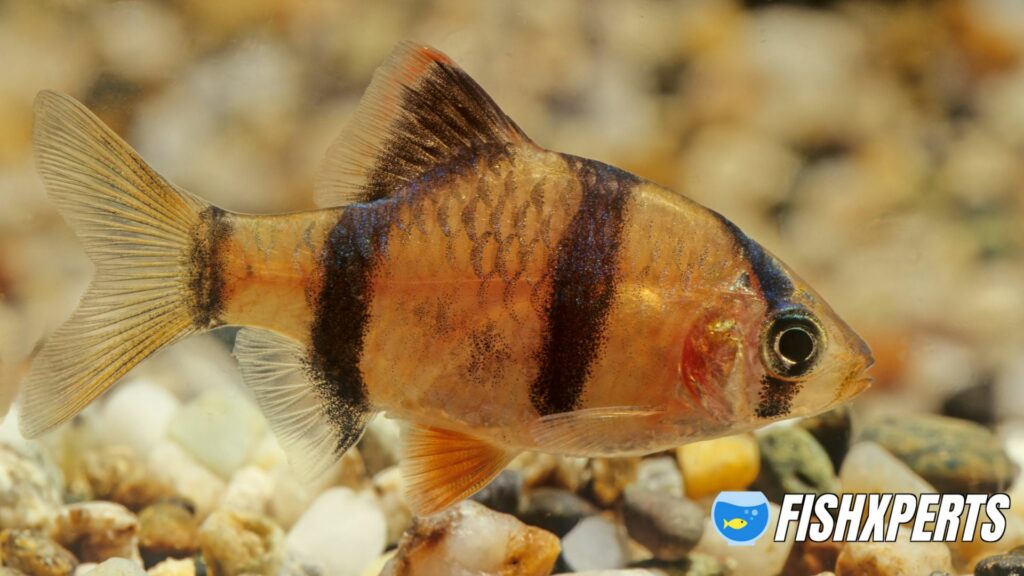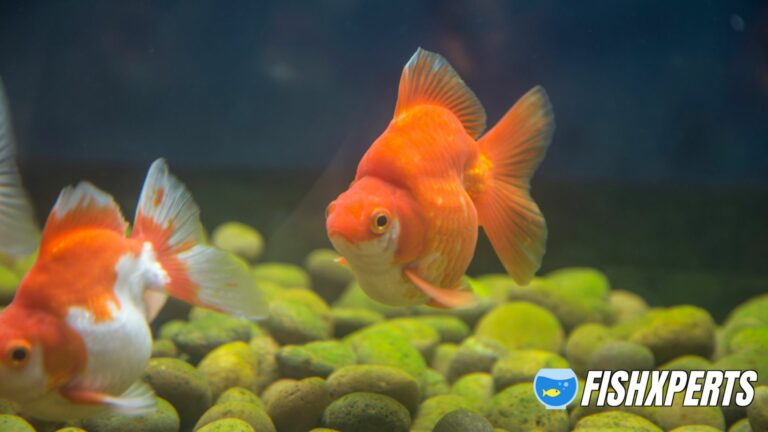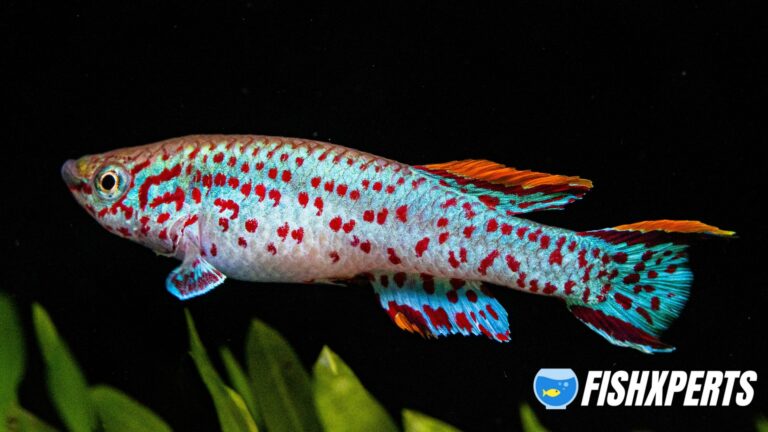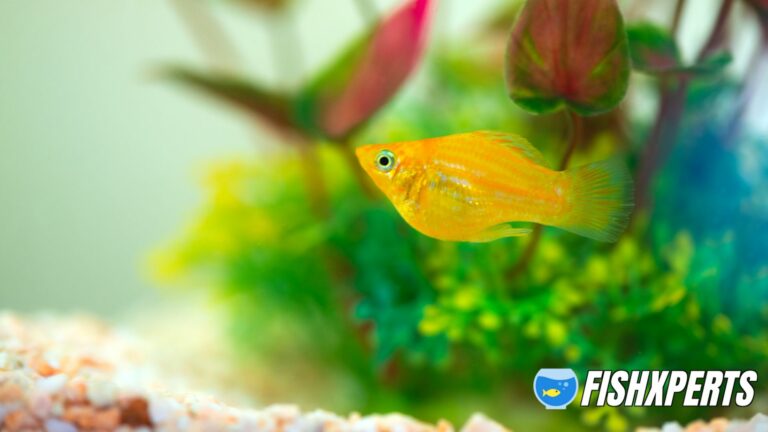Tiger Barb Care

Tiger Barb Care Tips In Brief
Tiger barbs are a popular freshwater fish that are easy to care for. They are hardy and can tolerate a wide range of water conditions, making them ideal for beginner aquarists. Tiger barbs are active fish and do best in a tank with plenty of hiding places and room to swim.
Tiger Barb Care
The tiger barb (Puntius tetrazona) is a tropical freshwater fish of the Cyprinidae family. It is native to southern Asia, and is found in Indonesia, Malaysia, and Thailand. The tiger barb grows to a maximum length of 10 cm (4 in).
The tiger barb is a popular aquarium fish, and is kept by fishkeepers worldwide. It is a peaceful fish, but can be aggressive towards other fish of a similar size and appearance. The tiger barb is a hardy fish, and is easy to care for. It is an active swimmer, and prefers to live in a well-planted aquarium.
The tiger barb is a omnivore, and will eat a wide variety of food. In the wild, its diet consists of small invertebrates, algae, and plant matter. In the aquarium, it should be fed a variety of live, frozen, and dried foods.
The tiger barb is a popular fish for breeding, and is easy to breed in the aquarium. The female lays a large number of eggs, which are fertilized by the male. The eggs hatch after 24-48 hours, and the fry are free-swimming after 7-10 days.
The tiger barb is a hardy fish, and is easy to care for. It is an active swimmer, and prefers to live in a well-planted aquarium. The tiger barb is a peaceful fish, but can be aggressive towards other fish of a similar size and appearance. The tiger barb is a popular aquarium fish, and is kept by fishkeepers worldwide.
Species Summary
The tiger barb (Puntius tetrazona) is a freshwater fish native to Southeast Asia. It is a member of the barbs family (Cyprinidae), and is closely related to the common goldfish (Carassius auratus). The tiger barb is a popular aquarium fish, and is known for its distinctive black and orange stripes.
The tiger barb is a relatively small fish, growing to a maximum length of about 4 inches (10 cm). It is a hardy fish, and can live for up to 10 years in captivity. The tiger barb is a omnivorous fish, and will eat most types of aquarium foods.
The tiger barb is a social fish, and should be kept in groups of at least 6-8 fish. It is an active swimmer, and does best in an aquarium with plenty of hiding places and open swimming space. The tiger barb is known to be a fin nipper, and should not be kept with fish that have long fins.
The tiger barb is a spawning fish, and will lay its eggs in a wide variety of substrates, including gravel, sand, and plant leaves. The eggs hatch in 3-5 days, and the fry are free-swimming. The fry grow quickly, and can reach adult size in 6-8 months.
Lifespan
Tiger barbs have a lifespan of around 5 to 8 years. However, their lifespan can be shortened if they are not kept in good water conditions and if they are not given proper care.
Appearance
The tiger barb is a small, slender fish that is orange-brown in coloration with black stripes running vertically along its body. It has a long, barb-like fin on its dorsal (back) side and a shorter, rounded fin on its ventral (belly) side. The tiger barb grows to an average length of 2-3 inches (5-7 cm).
As its name suggests, the tiger barb is a member of the Barb family of fishes, which also includes the popular goldfish. The tiger barb is a relatively peaceful fish but can be somewhat nippy towards other tank mates, especially those that are smaller in size. Because of this, it is best to keep tiger barbs with other fish that are similar in size and temperament.
Colors and Markings
Tiger barbs are one of the most popular freshwater aquarium fish. They are easily recognized by their distinct coloration and markings.
The body of a tiger barb is orange with black stripes running vertically down the length of the fish. The fins are often tipped with black as well. The belly of the fish is usually white.
As juveniles, tiger barbs have a more muted coloration. The stripes are not as well defined and the body is more of a brownish color. As they mature, their colors will become more vivid.
Tiger barbs are peaceful fish but can be nippy with other tankmates. They are best kept in groups of 6 or more.
There are many different color morphs of tiger barbs available. Some of the more popular ones include the green tiger barb, albino tiger barb, and cherry barb.
Average Tiger Barb Size
The average size of a tiger barb is between 2 and 3 inches (5-7.5 cm). They are a relatively small fish, but they are very active and need plenty of space to swim. A 20-gallon (76-liter) aquarium is the minimum size recommended for a group of six tiger barbs.
Tank Size
Tiger barbs are a relatively small fish, only growing to a maximum length of around 4 inches. As such, they do not require a large tank.
A 20 gallon tank is sufficient for a small group of tiger barbs. However, because tiger barbs are active swimmers and prefer to live in groups, a larger tank is better. A 30-40 gallon tank is a good size for a group of tiger barbs.
Water Parameters
Water parameters are important to consider when keeping tiger barbs. They should be kept in water with a neutral pH and a temperature between 68-82 degrees Fahrenheit.
The water should also be well-oxygenated and clean. Tiger barbs are relatively tolerant of different water conditions, but they prefer clean, well-oxygenated water.
Setting Up The Rest Of Their Tank
Tiger barbs are a hardy fish that can adapt to a wide range of water conditions. However, they do best in slightly acidic water with a pH of 6.0-7.0. They also prefer a water temperature of 72-79 degrees Fahrenheit.
When setting up the rest of their tank, it’s important to provide plenty of hiding places and plenty of open swimming space. They are an active fish that enjoy swimming and playing.
Tiger barbs are a schooling fish, so it’s best to keep them in groups of 6 or more. They are peaceful with other fish, but can be nippy towards each other. It’s best to keep them with other peaceful fish that are similar in size.
Some good tank mates for tiger barbs include:
- Danios
- Gouramis
- Rasboras
- Loaches
Providing plenty of cover and hiding places will help reduce aggression and bullying amongst tiger barbs.
Common Possible Diseases
There are several diseases that can affect tiger barbs. Some of the more common ones include:
• Finrot: This is a bacterial infection that can cause the fins and tail to rot away. It is often the result of poor water quality.
• White Spot Disease: This is a parasitic infection that is characterized by white spots on the body. It is often fatal if left untreated.
• Ich: This is a parasitic infection that can cause the fish to develop white spots on the body. It is often fatal if left untreated.
If you suspect that your fish has any of these diseases, it is important to seek treatment from a qualified veterinarian as soon as possible.
Food & Diet
Tiger barbs are omnivorous and will eat a variety of foods. In the wild, they primarily feed on insects, small crustaceans, and plant matter. In captivity, they should be offered a variety of foods including live, frozen, or freeze-dried foods, as well as a good quality pellet or flake food.
A varied diet is important for tiger barbs to maintain their health and vitality. Live foods such as brine shrimp, bloodworms, and daphnia are excellent choices and should be offered regularly. Frozen foods such as krill, mysis shrimp, and bloodworms are also good choices and can be offered a few times a week.
In addition to live and frozen foods, tiger barbs should also be offered a good quality pellet or flake food as a base diet. Look for a food that contains a variety of ingredients including fish meal, shrimp meal, vegetables, and fruits. Avoid foods that contain primarily corn or wheat as these can lead to obesity and other health problems.
Tiger barbs are active fish and will require a fair amount of food. It is best to feed them several small meals per day rather than one large meal. This will help prevent overeating and keep their tank clean.
Behavior & Temperament
Tiger barbs are a schooling fish, and do best when kept in groups of six or more. They are active fish, and their antics can be quite entertaining to watch. They are also known to be nippy, and will often pick at the fins of other fish, so they are best kept with other fast-moving, robust fish.
While they are not aggressive fish, tiger barbs can be territorial, and males will often chase each other around. If you keep more than one male tiger barb, it is best to provide plenty of hiding places and vegetation for them to retreat to.
Tiger barbs are also known to be fin-nippers, so it is best to avoid keeping them with fish that have long, flowing fins.

Tiger Barb: Interesting Facts & Stats
- The tiger barb is a freshwater fish that is native to Southeast Asia.
- It is a member of the Barb family and can grow to be about 2-3 inches long.
- The tiger barb is a popular aquarium fish and is known for its aggressive behavior.
- The fish is named for its orange and black stripes, which resemble a tiger’s coat.
- The tiger barb is an opportunistic feeder and will eat just about anything.
- The fish is known to be a fin nipper and will often harass other fish in the tank.
Tiger Barb Tank Mates
Tiger barbs are a schooling fish, so they do best when kept in groups of 6 or more. They are also a relatively peaceful fish, so they can be kept with a variety of other fish species. Some good tank mates for tiger barbs include:
- Guppies
- Mollies
- Platies
- Swordtails
- Danios
- Corydoras catfish
Do keep in mind that tiger barbs can be nippy, so it’s best to avoid keeping them with fish that have long fins or are slow moving.
Keeping Tiger Barbs Together
While tiger barbs are typically peaceful fish, they can be territorial with their own species. It is important to keep them in groups of at least six to eight fish so that they feel secure and are less likely to become aggressive.
When kept in a group, tiger barbs will often form hierarchies with a dominant female at the top. The hierarchy will help to keep the peace among the fish and reduce aggression.
Tiger barbs are active fish that need plenty of space to swim. They should be kept in an aquarium that is at least 30 gallons in size. The aquarium should be well-filtered and have plenty of hiding places for the fish to feel secure.
If you are thinking about keeping tiger barbs, be prepared for them to be active and playful fish that will add a lot of energy to your aquarium.
Breeding
Tiger barbs are relatively easy to breed in captivity. They are an egg-laying species, and the female will lay hundreds of eggs at a time. The eggs will hatch in 24-48 hours, and the fry will be free-swimming within a week.
To induce spawning, the tank should be set up with soft, slightly acidic water and plenty of hiding places. The parents will eat the eggs if given the chance, so it is best to remove them to a separate tank. The fry can be fed on live foods such as brine shrimp or microworms.
Breeding Tank Setup
For successfully breeding tiger barbs, a tank of at least 30 gallons is recommended. The tank should be setup with soft, sandy substrate and plenty of hiding places for the fry. Plants that grow fast and provide cover are ideal. Floating plants can also be used.
The water should be clean and well-filtered. A water heater is also necessary to maintain a consistent water temperature between 78-82 degrees Fahrenheit.
When setting up the breeding tank, it is best to use tiger barbs that are of similar size. A ratio of 2-3 females to 1 male is recommended. Once the breeding tank is setup, the tiger barbs will need to be acclimated to the new environment.
Differentiating Gender
As with most fish, tiger barbs are not easy to sex. However, there are some methods that can be used to help determine the gender of your fish.
Males are typically smaller than females and have brighter colors. They also tend to have longer fins.
Females are usually larger than males and have duller colors. They also tend to have shorter fins.
One way to sex tiger barbs is to look at their anal fins. Males typically have longer and sharper anal fins than females.

Another way to sex tiger barbs is to look at their ventral fins. Males typically have longer ventral fins than females.
If you are still unsure of the gender of your fish, you can always consult with a qualified aquarium professional.
Spawning
Tiger barbs are easy to breed in the home aquarium. They are an egg-laying species and will often spawn in a community tank.
To induce spawning, the tank should be set up with soft, slightly acidic water and plenty of hiding places. The tank should be well-planted, with floating plants to diffuse the light.
A group of 6-8 tiger barbs should be used, with a ratio of 3-4 females to 1 male. The fish will spawn in the morning, with the male chasing the female around the tank. The female will lay her eggs on the plants, and the male will fertilize them.
The eggs will hatch in 24-48 hours, and the fry will be free-swimming a few days later. The fry can be fed on live foods such as baby brine shrimp or microworms.
Spawning can be induced all year round, but is more common in the spring and summer months.
Raising fry
Once the eggs have been fertilized, the female will lay them in a spawning mop or on plant leaves. The fry will hatch in 24-48 hours and should be fed small live foods such as microworms or infusoria.
As they grow, they can be moved to larger tanks and fed brine shrimp or bloodworms. It is important to keep the fry well-fed, as they are prone to stunting if they do not get enough to eat.
To ensure that the fry grow to their full potential, it is best to remove the parents from the tank once the eggs have been laid. The parents can be aggressive and may eat the fry if they are left in the same tank. If you plan on keeping the parents and fry together, it is best to have a very large tank with plenty of hiding places for the fry.
Some Relevant Questions about Tiger Barb Answered
What do tiger barbs like in their tank?
Most tiger barbs prefer to have a lot of space to swim around in their tank. They also like to have some hiding places, like caves or plants, to feel safe and secure. A few tiger barbs may also appreciate a tank mate or two to swim with.
Are tiger barbs good beginner fish?
Yes, tiger barbs are good beginner fish. They are active and hardy, and they do well in a community tank. Just be sure to provide plenty of hiding places, as they can be nippy.
FAQ
How often do I feed my tiger barbs?
You should feed your tiger barbs twice a day.
How long does it take for a tiger barb to grow full size?
It takes a tiger barb approximately one year to grow to full size.
How can you tell if a tiger barb is male or female?
You can tell if a tiger barb is male or female by looking at the finnage. Male tiger barbs have longer and more pointed dorsal and anal fins than females. The males also have more prominent black stripes on their bodies.
Do tiger barbs jump?
YES, tiger barbs are known to be jumpers and can easily escape from aquariums that are not properly covered. It is important to make sure your aquarium is adequately covered to prevent your tiger barbs from jumping out.
Do tiger barbs need live plants?
Tiger barbs are a schooling fish that do best in groups of 6 or more, so you’ll need at least a 20 gallon aquarium. They are an active fish that appreciate lots of open swimming space as well as some hiding places.
Live plants are a great way to provide both, plus they help to oxygenate the water and keep the nitrate levels low. Tiger barbs will nibble on live plants, so choose fast-growing varieties that can tolerate a little bit of grazing. Some good options include Java fern, Hornwort, and Anacharis.
Can tiger barb fish live without pump?
Yes, tiger barb fish can live without a pump, but they will not thrive. Tiger barbs are active, schooling fish that need plenty of space to swim. A pump provides flow and movement in the water, which is essential for the health of these fish.
Without a pump, the water in the tank will become stagnant and the fish will become stressed. They may also become more susceptible to illness. So while tiger barbs can technically survive without a pump, it is not recommended and they will not be as healthy as they could be.
Conclusion
Tiger barbs are a great choice for many aquariums, as they are relatively easy to care for and are very active fish. They are also very affordable, which makes them a great option for budget-minded aquarists. However, it is important to remember that tiger barbs are a schooling fish, so they should be kept in groups of at least six. Otherwise, they may become aggressive towards each other.
Topics Covered









